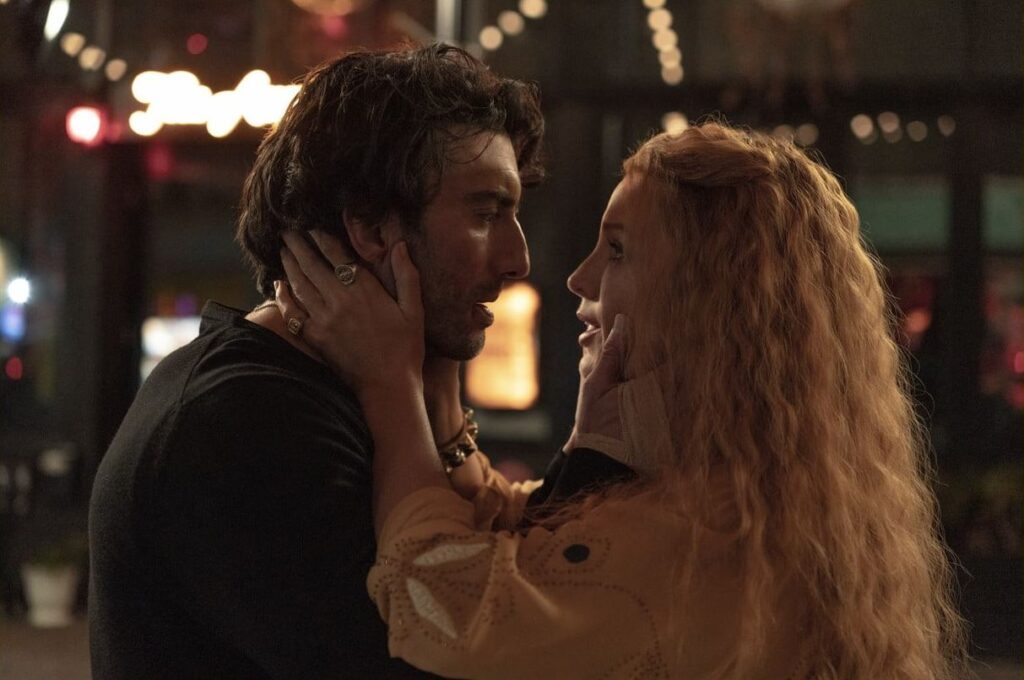It Ends with Us: Wild at Start

Multiple times in It Ends with Us, the camera focuses on a crinkly napkin on which Lily Bloom (Blake Lively) has scrawled the numbers one through five in sequence. Lily’s mother (Amy Morton) has tasked her with delivering her father’s eulogy and has advised her to “just say your five favorite things about him,” but because Lily remembers her departed dad less than dearly, the rest of the wrinkled cotton remains blank. Yet when she stands at the funeral podium, Lily still retrieves the napkin from her pocket and glances at it—despite knowing full well that it contains no substantive text—before silently exiting the church.
This is not, strictly speaking, plausible behavior. But it nevertheless serves a purpose, loudly announcing the extent to which Lilly’s daddy issues have paralyzed her. And writ large, It Ends with Us proceeds accordingly to a similar pattern, sacrificing textural realism in the name of dramatic force. As a piece of storytelling, it is often clumsy and unpersuasive. As a work of messaging, it is engaging and even provocative. Read More
